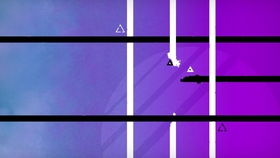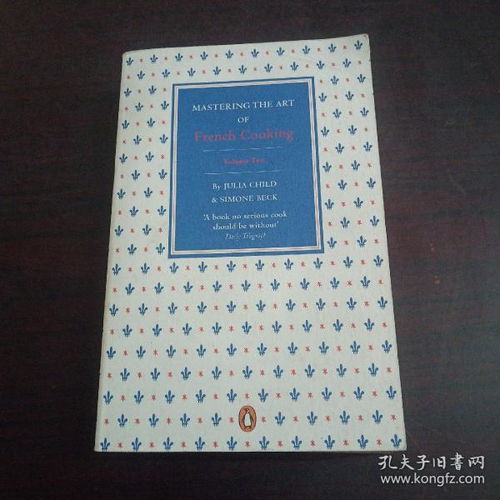
Introduction: Fishing in ponds can be a rewarding and enjoyable activity, offering a tranquil escape from the hustle and bustle of everyday life. However, catching fish in a pond can sometimes be challenging due to various factors such as the fish's habits, the pond's environment, and the techniques used by the angler. In this article, we will discuss effective techniques and methods for catching fish in ponds, ensuring that your fishing experience is both successful and enjoyable.
Understanding the Pond Environment: Before setting out to fish in a pond, it is crucial to understand the environment in which the fish live. Observe the pond's depth, vegetation, and structure to determine the most likely locations for fish to be found. Here are some key factors to consider:
a. Depth: Fish often seek deeper areas in ponds to escape the heat and predation. Target these areas by using a deep-water rig or a lure that can reach the bottom.
b. Vegetation: Aquatic plants provide shelter and food for fish. Look for areas with dense vegetation, as these spots are more likely to hold fish.
c. Structure: Ponds with submerged rocks, logs, or other structures can create excellent fishing spots. Fish often use these areas as resting or feeding spots.
Choosing the Right Equipment: Selecting the appropriate fishing equipment is essential for a successful pond fishing experience. Here are some key considerations:
a. Rod and Reel: Choose a rod and reel that are suitable for the type of fish you are targeting. A lightweight spinning rod and reel are versatile and ideal for pond fishing.
b. Line: Use a monofilament line with a thickness suitable for the fish species in the pond. A line thickness between 4 to 8 pounds is generally a good starting point.
c. Lures and Baits: Choose lures and baits that mimic the natural prey of the fish in the pond. Live bait, such as worms or crickets, can be effective, but artificial lures can also work well.
Techniques for Pond Fishing:
a. Cast and Retrieve: This is the most common technique for pond fishing. Cast your lure or bait out into the water and retrieve it in a steady, rhythmic motion. Pay attention to the speed and depth of your retrieve, as these factors can influence the fish's response.
b. Still Fishing: For fish that are more cautious or less active, still fishing can be effective. Simply cast your lure or bait into the water and wait for a bite. This technique requires patience and attention to detail.
c. Jigging: For deeper or more challenging fish, jigging can be an effective technique. Move your lure in short, quick bursts, creating a lively and unpredictable action that can attract the fish's attention.
d. Trolling: If the pond has a slow-moving current or you want to cover more water, consider using a trolling technique. Attach your lure to a rod and reel, and slowly move it through the water while reeling in at a steady pace.
Tips for Successful Pond Fishing:
a. Start Early: Fish are often most active during the early morning or evening, so it's a good idea to start fishing during these times.
b. Keep Moving: If you're not getting bites, try moving to different spots within the pond. Fish can be scattered, so exploring various areas can increase your chances of finding them.
c. Adapt to the Weather: Pay attention to the weather conditions. Fish may be more active on overcast or windy days, while they may be less active on hot, sunny days.
d. Practice Patience: Pond fishing can sometimes be slow, so it's important to maintain patience and not get discouraged if you're not catching fish immediately.
Conclusion: Catching fish in ponds can be a delightful experience when armed with the right techniques and methods. By understanding the pond environment, choosing the appropriate equipment, and employing effective fishing techniques, you can increase your chances of a successful catch. Remember to enjoy the process and cherish the tranquility that pond fishing offers. Happy fishing!












